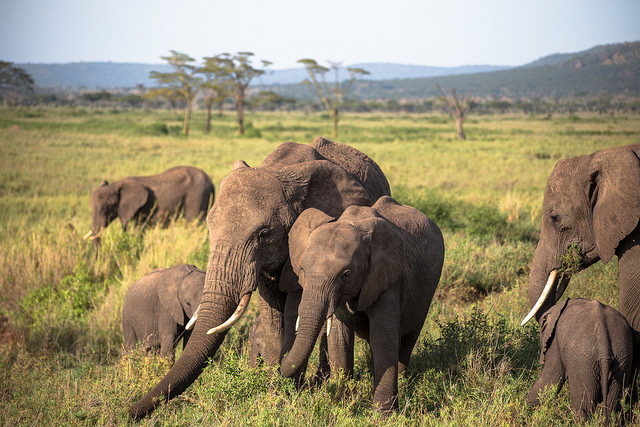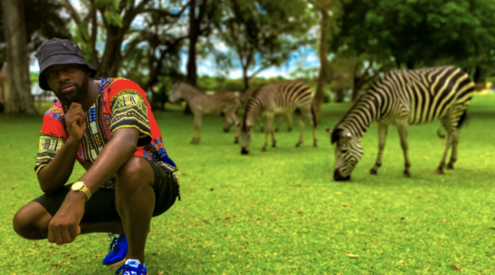World Elephant Day (12 August 2019) reminds us to appreciate these majestic beasts and draws our attention to how we can improve on protecting them too…
Elephant species are under threat in Africa and Asia with human development, the dubious nature of wildlife tourism, animal cruelty and the illegal wildlife trade contributing to the species’ ill-treatment.

Image by Alex Berger
In the city of Jaipur in India, renowned for its snake charmers and elephant rides, protesters have been campaigning for tourists to ride bicycles instead of elephants if they really want to get from one place to another.
Also read: Elephant rides to be banned at Angkor Wat from 2020
According to IUCN Red List both African elephant subspecies, the savanna bush elephant (Loxodonta africana) and forest elephant (Loxodonta cyclotis) are vulnerable, and the Asian elephant (Elephas maximus) is endangered with a decreasing population.
The exotic wildlife trade and wildlife tourism trends can dictate a similarly miserable life for the mammoth creatures.
In a recent National Geographic print feature, the publication looked at life in and behind-the-scenes at zoos and ‘sanctuaries’ around the world. One fatigued four year-old elephant named Gluay Hom is depicted leaning, chained against a rail enclosure at a zoo where he performs tricks in Thailand, his legs swollen and his temple wounded and raw from lying on his side on the floor.
In Africa, threats include habitat loss, human-wildlife conflict and the ivory poaching trade, despite a reported decrease in incidents.
One of the biggest messages this World Elephant Day is to celebrate and appreciate elephants by becoming their allies to ensure their protection and survival.
This means:
1. Avoiding participation in unethical wildlife practices such as riding elephants or petting wild animals
2. Researching organisations/tour groups before booking holidays and planning activities
3. Supporting wildlife protection initiatives and be aware of how human developments can infringe on animals’ natural habitat (habitat destruction and development, industry, hunting, wildlife tourism trends and illegal exotic wildlife trade and trafficking)
















